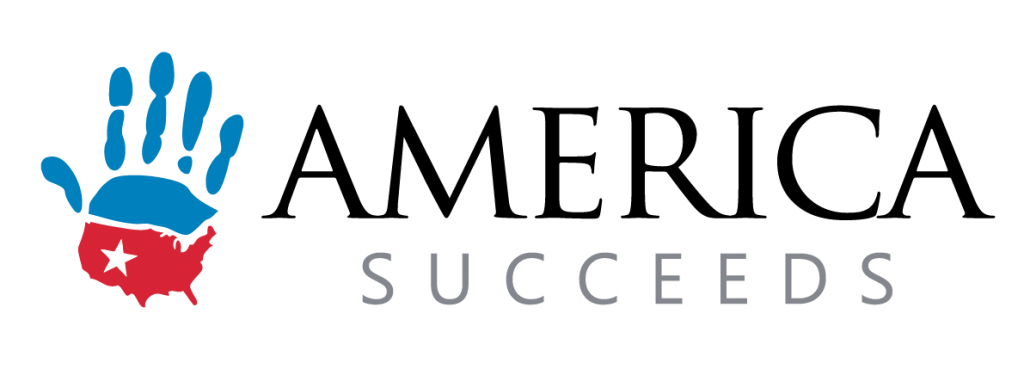
For decades, the dominant narrative surrounding postsecondary education in America was highly positive; all students were encouraged to get a college education as a means of improving their future financial and personal outcomes. However, beginning in the 2010’s college enrollment among high school students gradually declined. This decline was proliferated greatly by the pandemic, resulting in more than a quarter of all students who attended college in fall 2019 to not return upon the reinstatement of in-person learning.
As the consequences of the pandemic caused many learners in high school and college to reconsider their postsecondary priorities, other questions about the return on investment for pursuing a college degree were pushed into the spotlight. Between 1980 and 2020, the price of undergraduate tuition rose 169%. Additionally, roughly 40% of college attendees do not complete their degrees, leaving them with outstanding student loan debt from education that they were unable to complete. When viewed from an equity standpoint, the data is even more disheartening; according to a JFF report from June 2021, only 32.4 percent of Black students and 25.5 percent of Hispanic students complete their degrees.
To be clear, a college degree still provides significant ROI for most graduates and is crucial for many career paths. Yet the combination of unreasonable costs, an explosion of alternative postsecondary pathways, and a conversion to skills-based hiring among many companies has caused a zeitgeist shift among young adults who are reconsidering the value of spending their time and money on a college degree as opposed to alternative methods of beginning a career.
As college enrollment trends are projected to decrease continually in the coming years, it is crucial that our society supports the growth and quality of postsecondary skilling routes that can provide great opportunities to a growing demographic of Americans without a college degree.
Ready to learn more? Read the full No Worker Left Behind report, out now.




